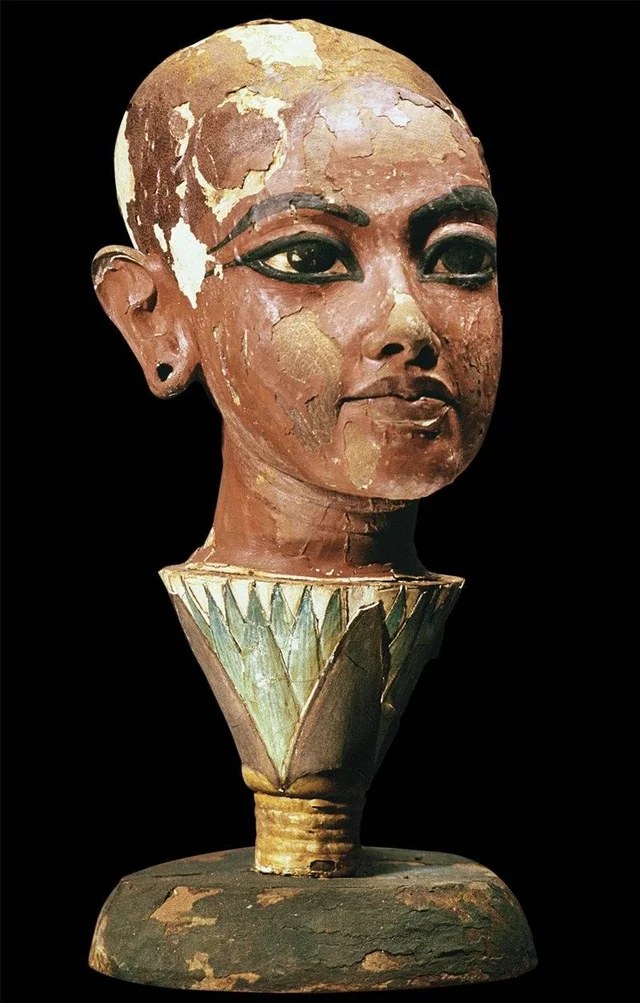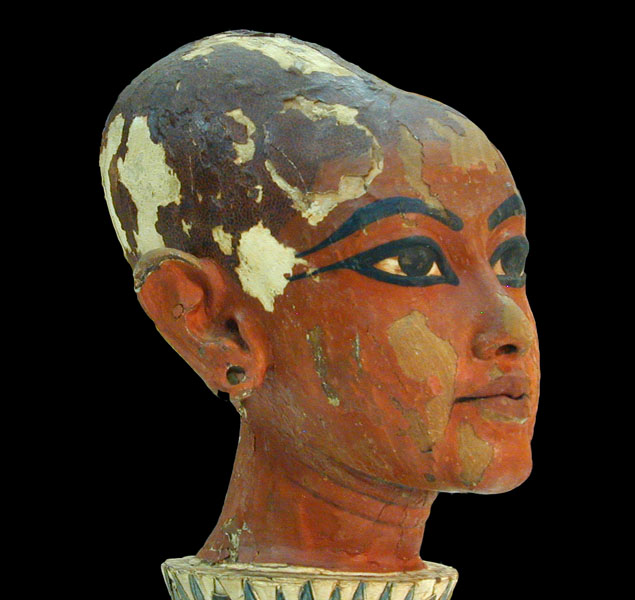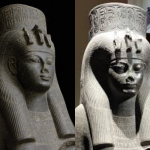Tutankhamun – The Boy King of Egypt

The nearly intact burial of Tutankhamun was discovered in 1922 in the Valley of the Kings, revealing the resting place of the young pharaoh more than 3,000 years ago during Egypt’s New Kingdom.

At that time, Egyptian rulers were interred in elaborate tombs carved into the desert rock near Thebes, the religious and political center of ancient Egypt.
Tutankhamun’s tomb, filled with treasures, ceremonial objects, and funerary art, provides an unprecedented glimpse into royal life, death rituals, and the spiritual beliefs of New Kingdom Egypt .

Tutankhamun, often called the “Boy King,” was an Egyptian pharaoh of the 18th Dynasty who ruled from around 1332 to 1323 BCE. He ascended to the throne at a very young age, about nine years old, and reigned for only a decade before his early death at about nineteen. Despite his short rule, Tutankhamun is one of the most famous pharaohs in history because of the discovery of his nearly intact tomb in 1922 by British archaeologist Howard Carter in the Valley of the Kings.

The tomb’s treasures—including the magnificent golden death mask—offered an unparalleled glimpse into the wealth, artistry, and religious beliefs of ancient Egypt. Tutankhamun’s reign is also significant for restoring traditional Egyptian religion and art after the radical reforms of his predecessor, Akhenaten. His legacy continues to fascinate scholars and the public alike, symbolizing the splendor and mystery of ancient Egypt.











